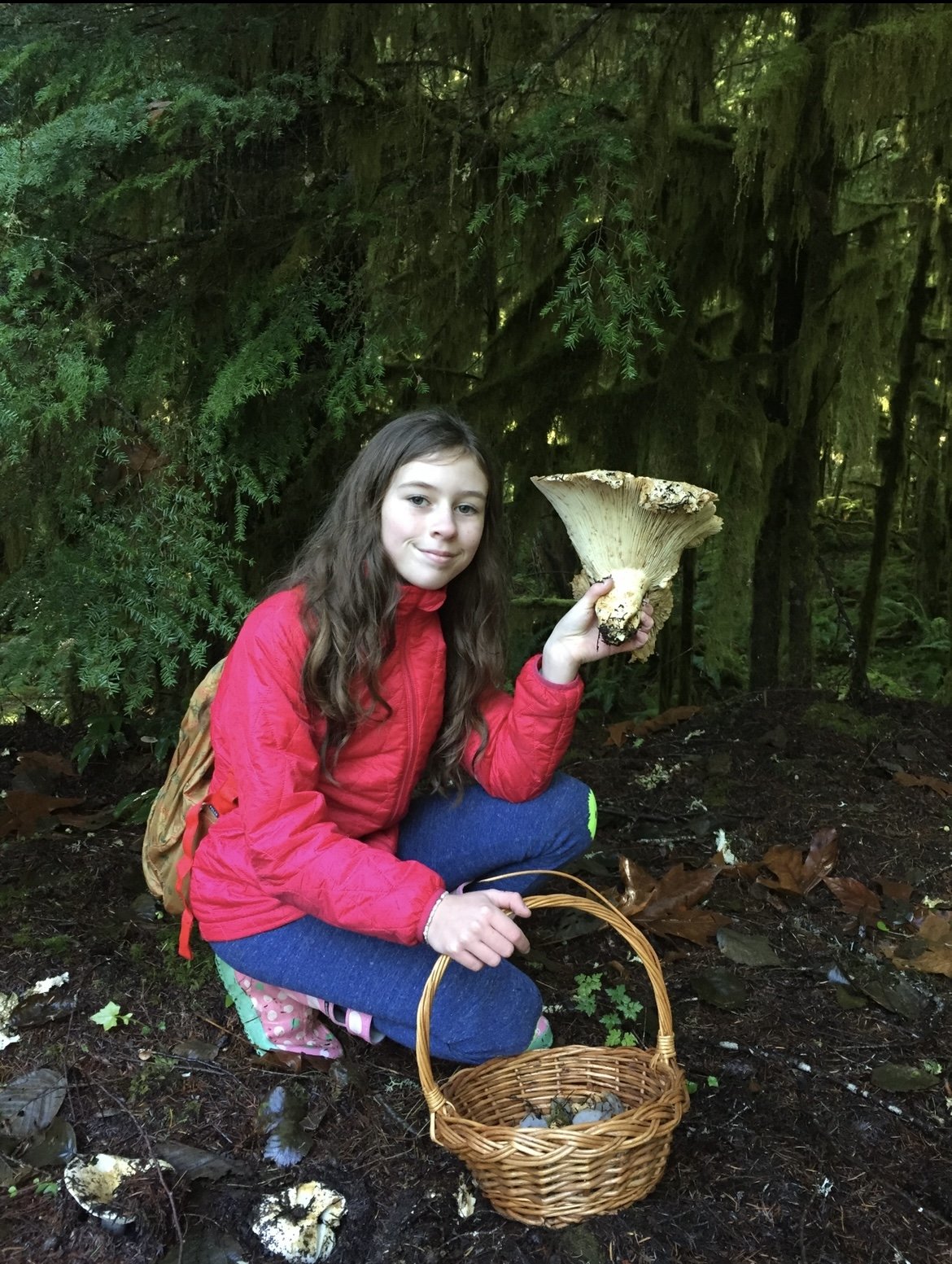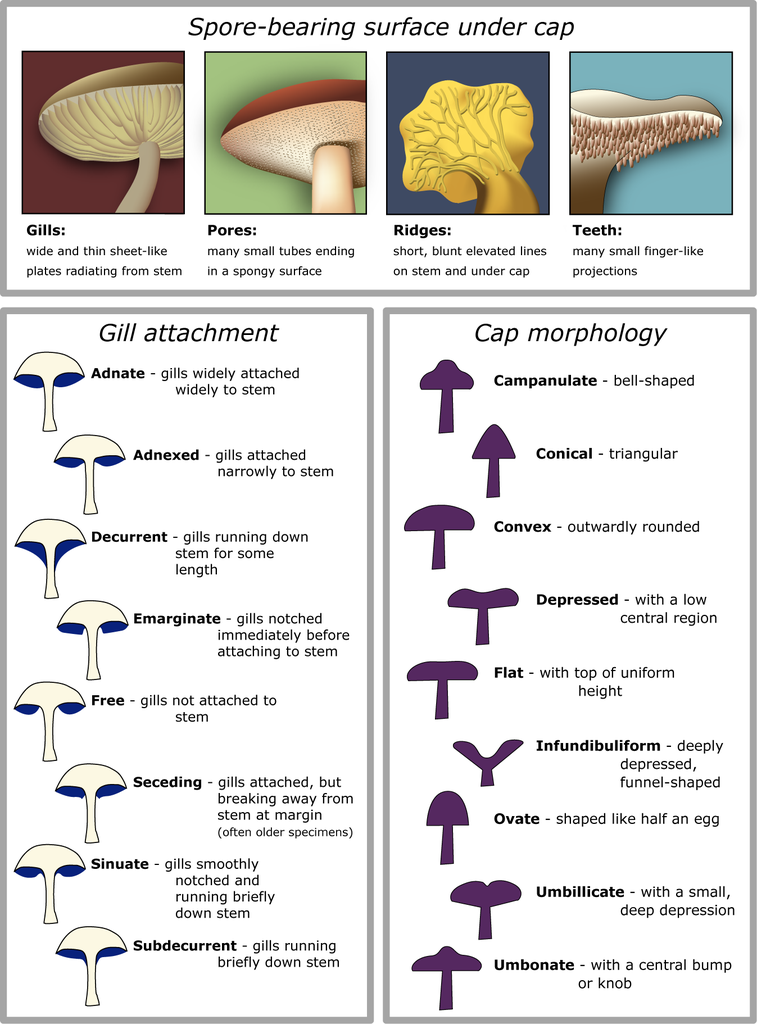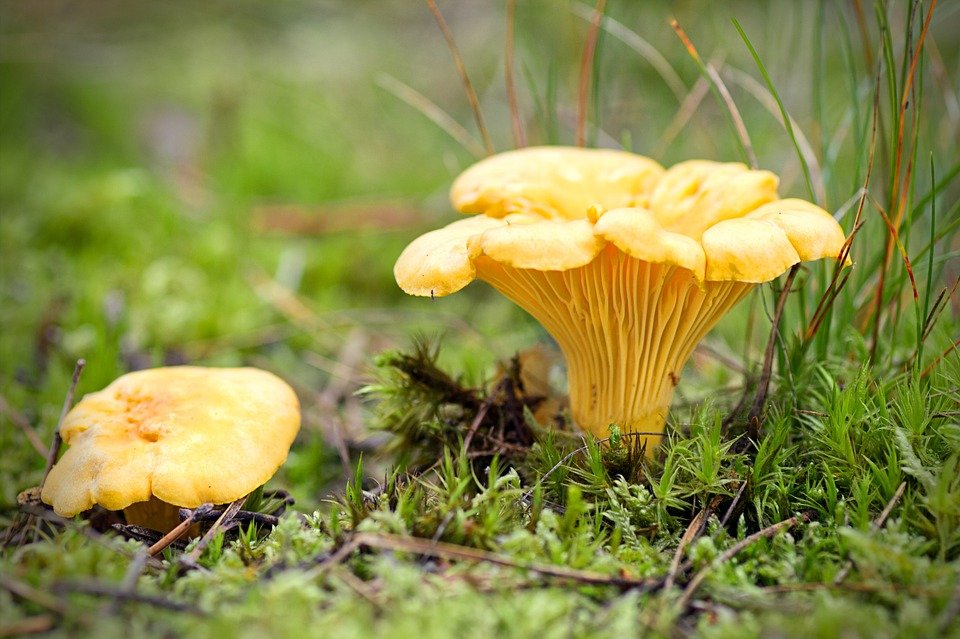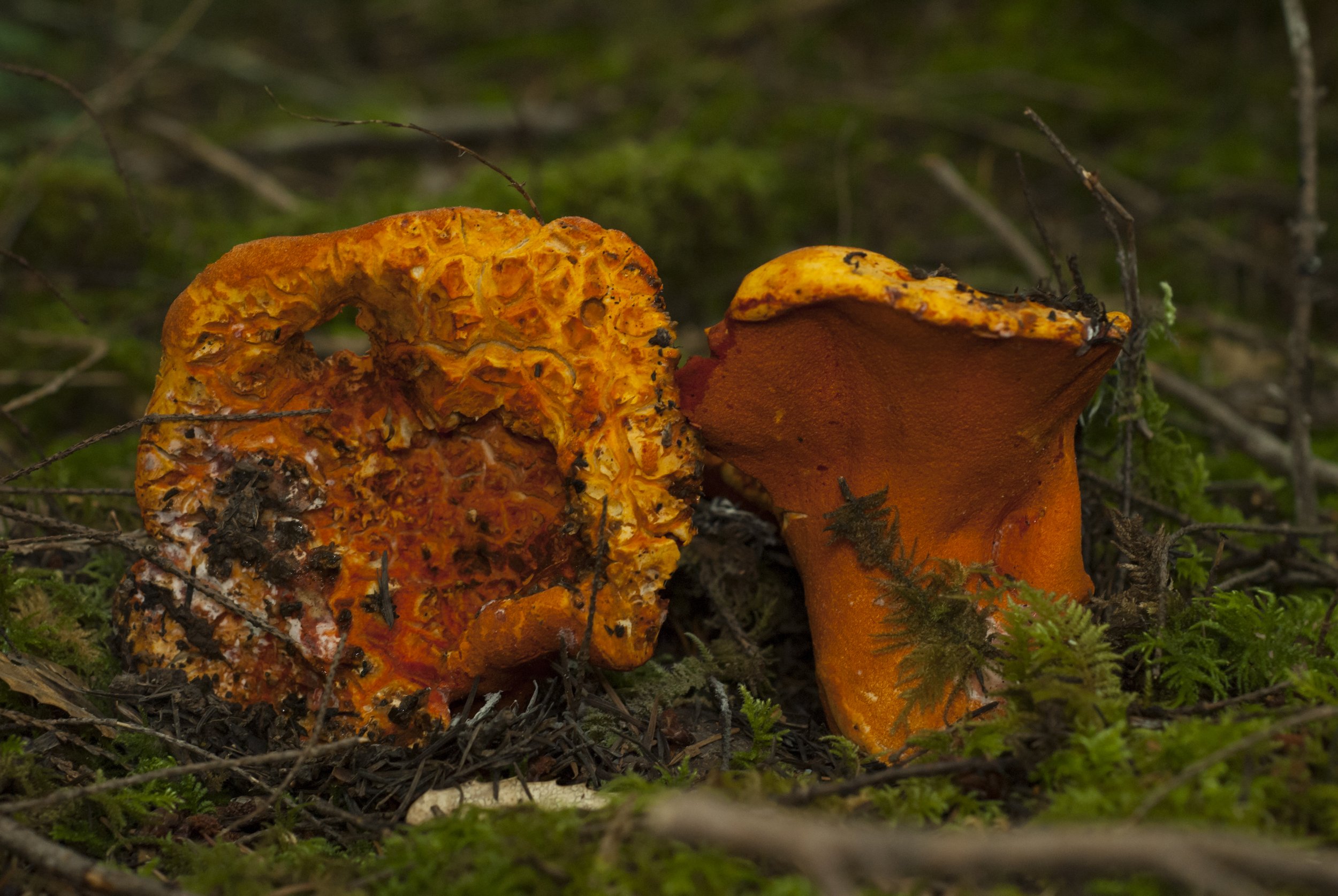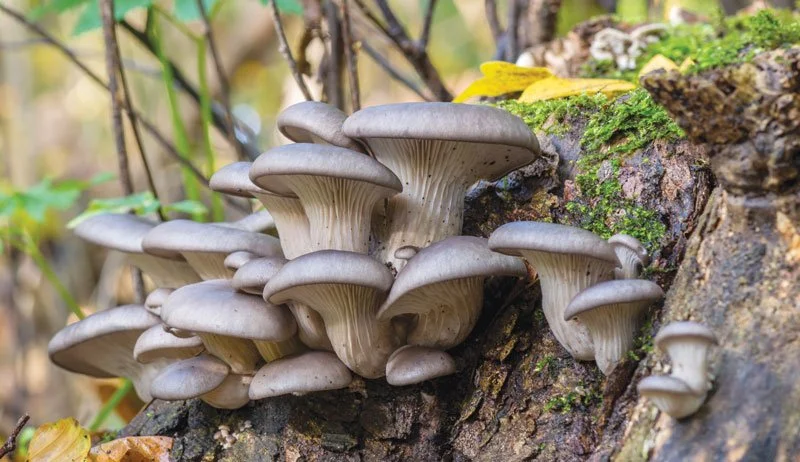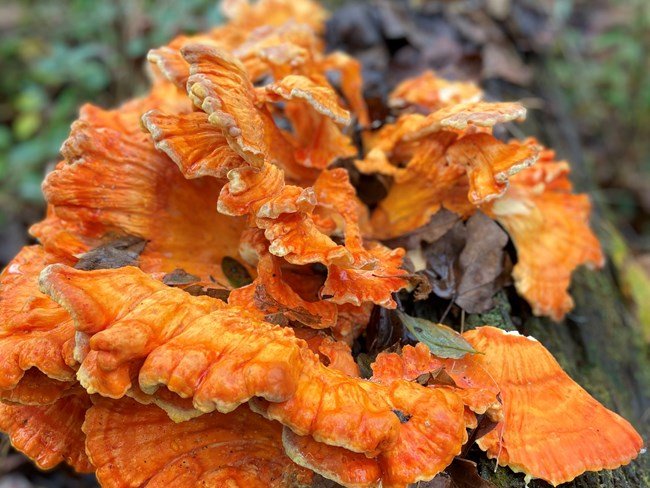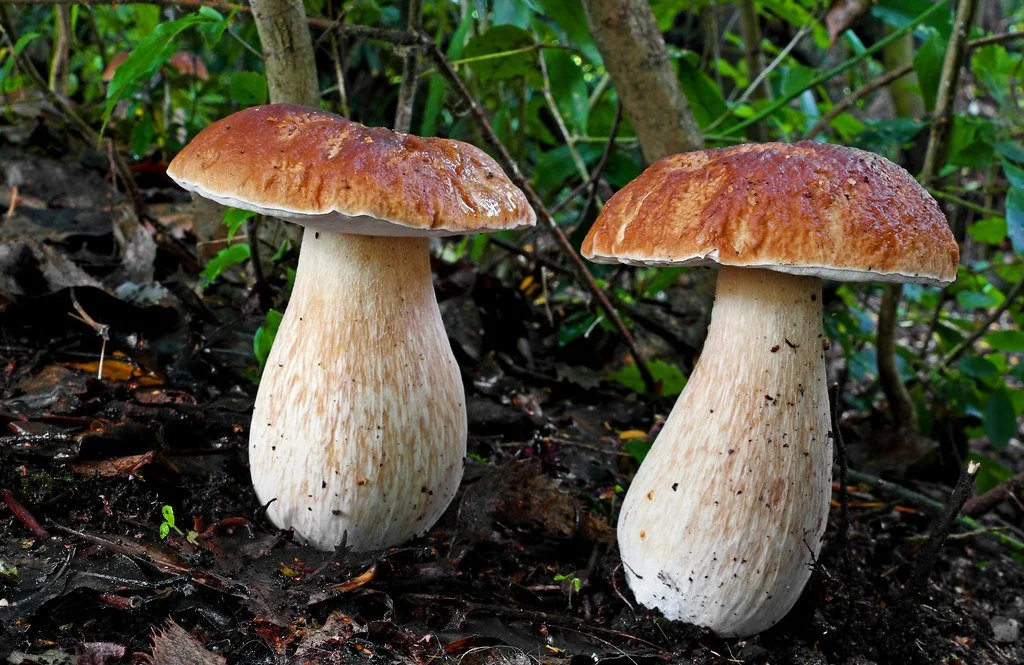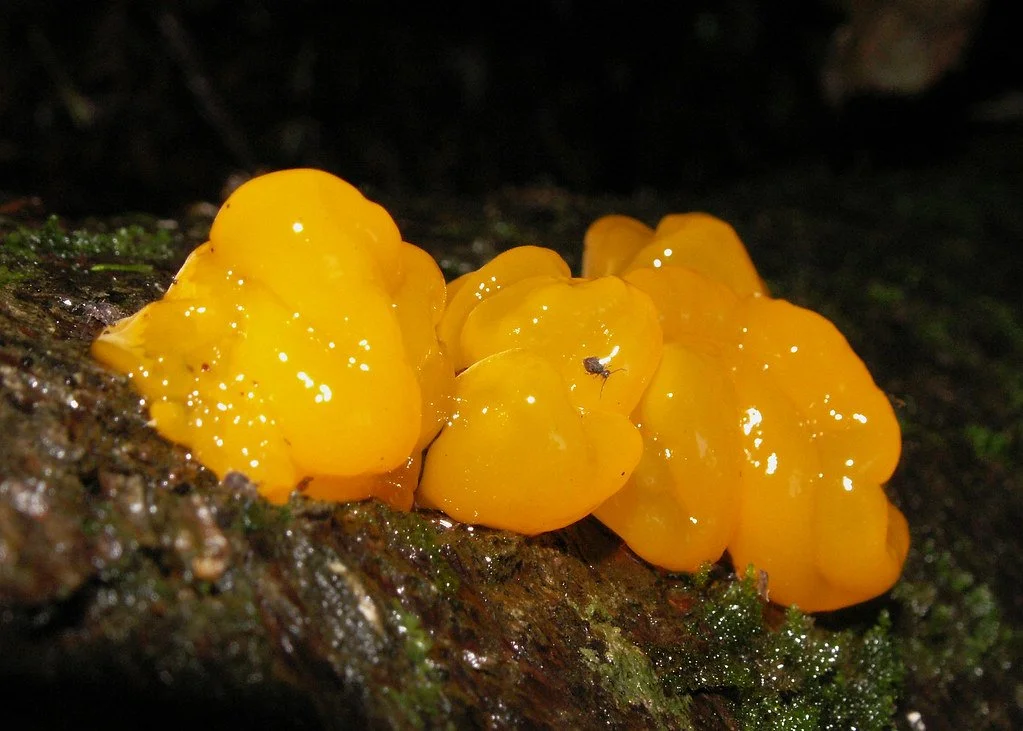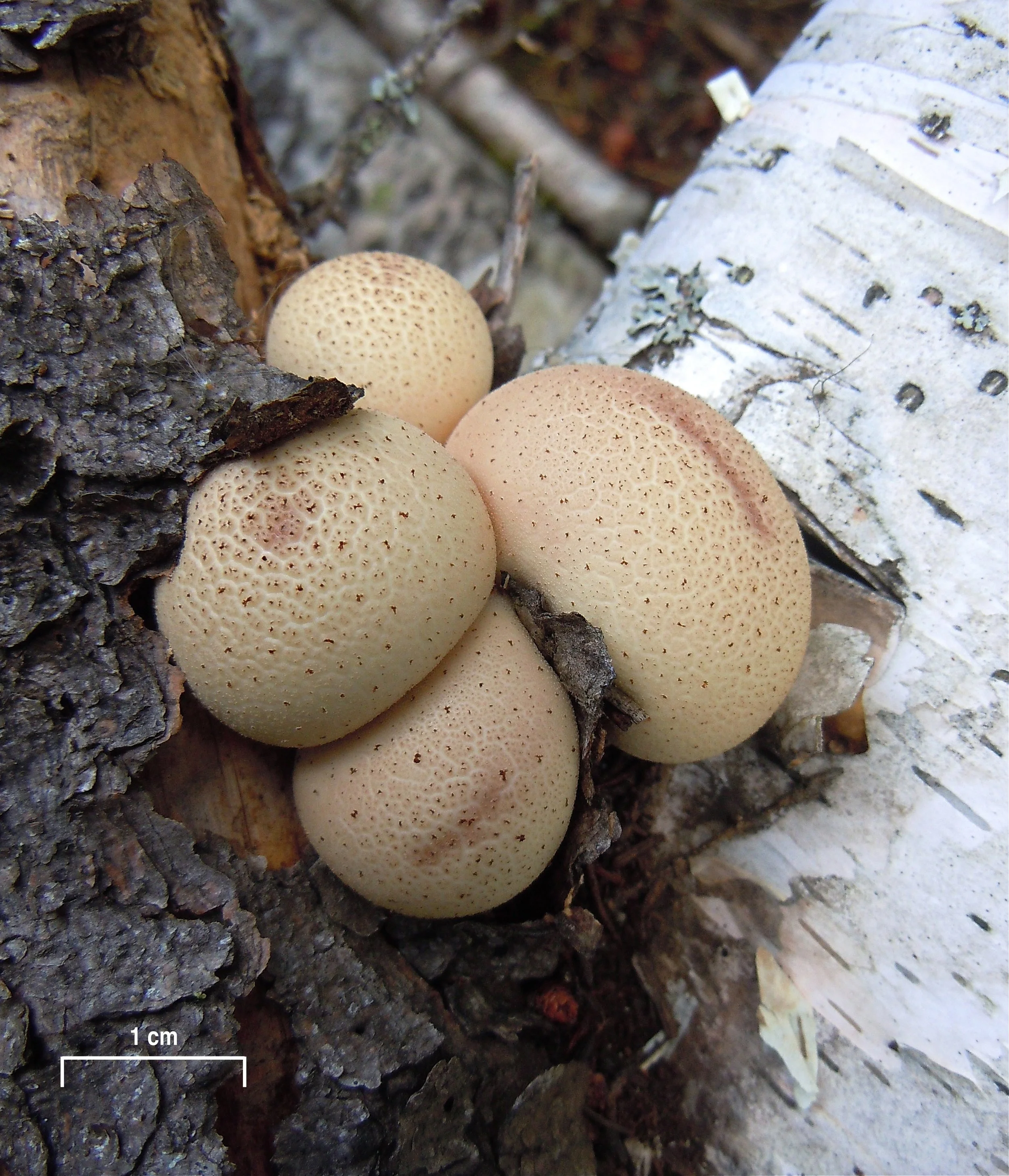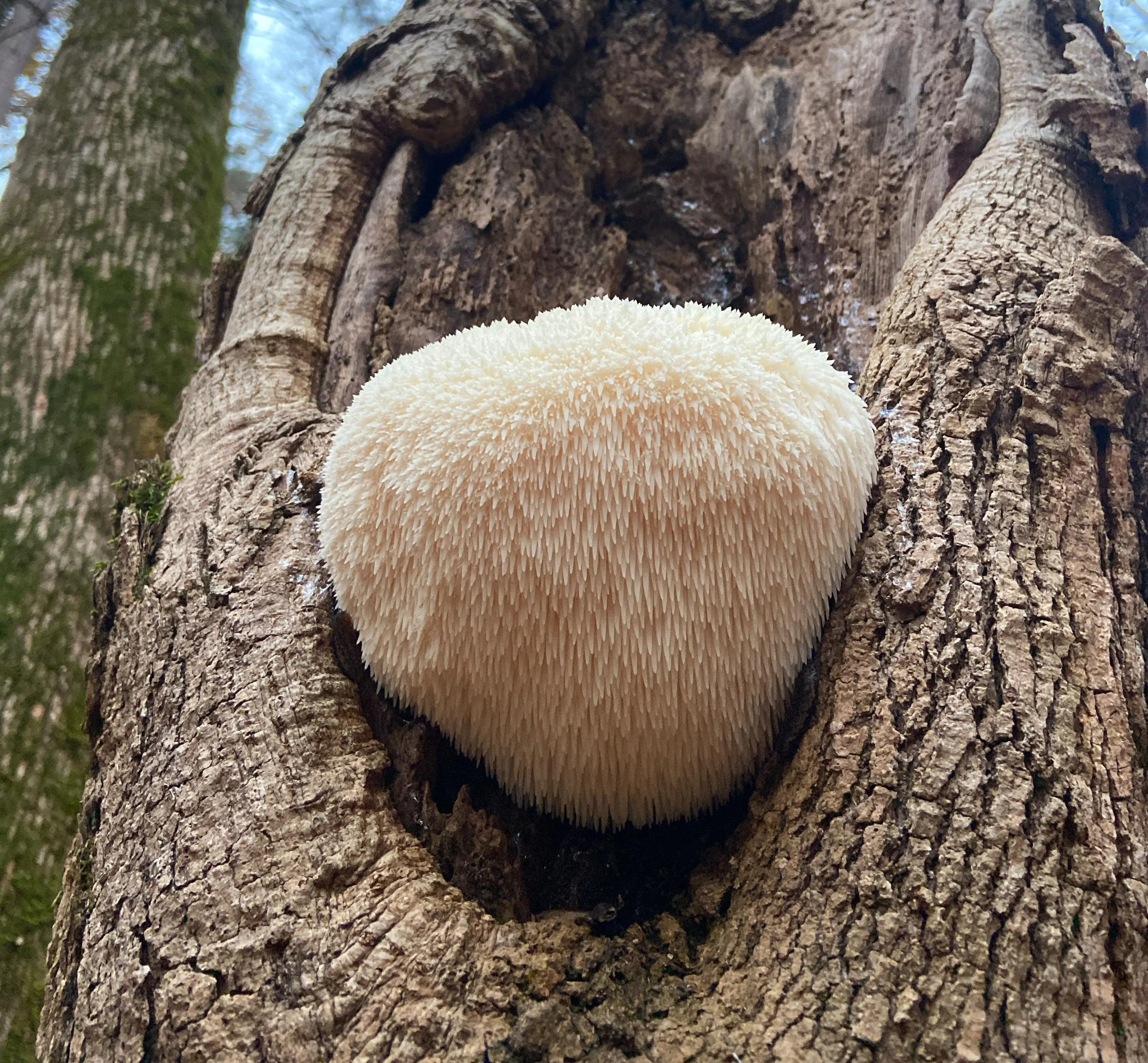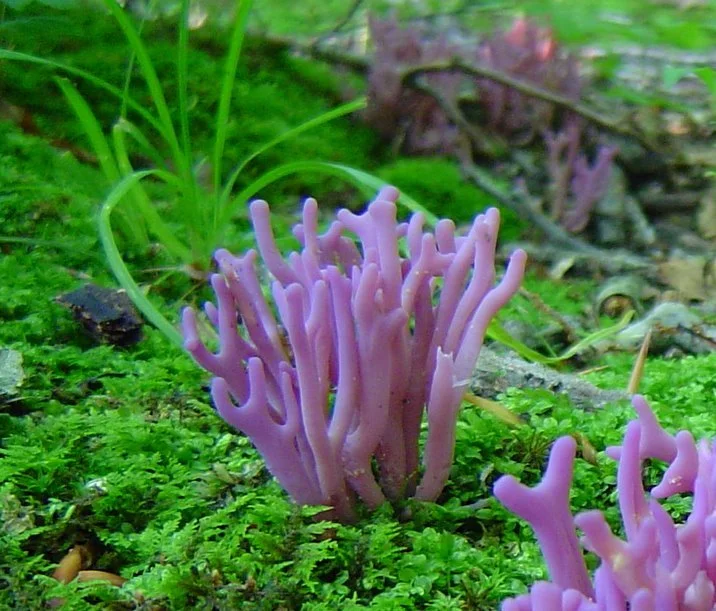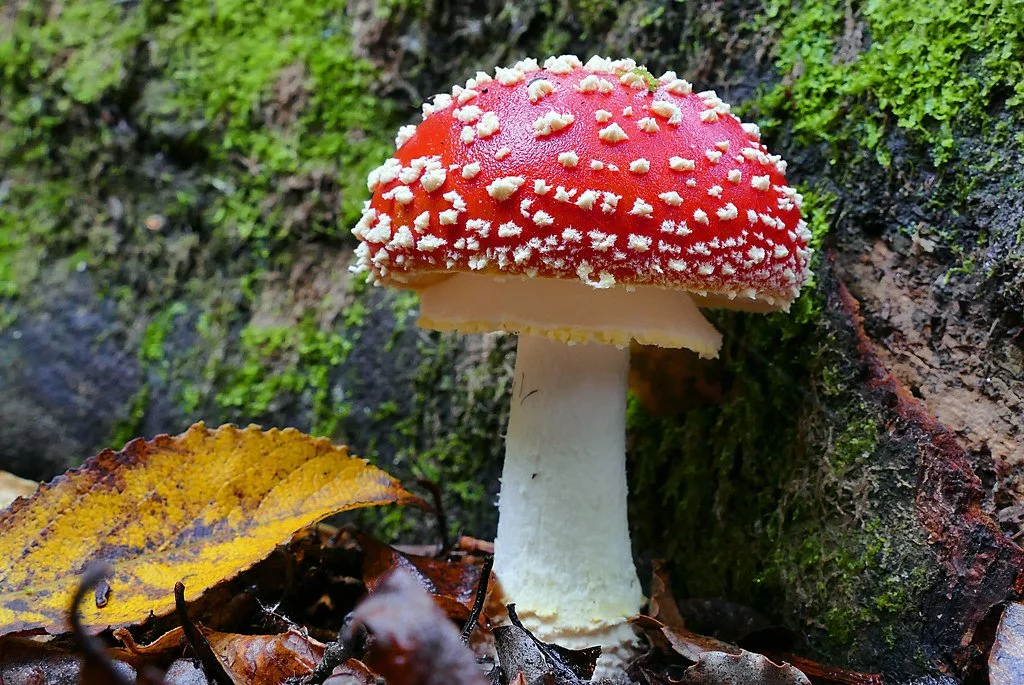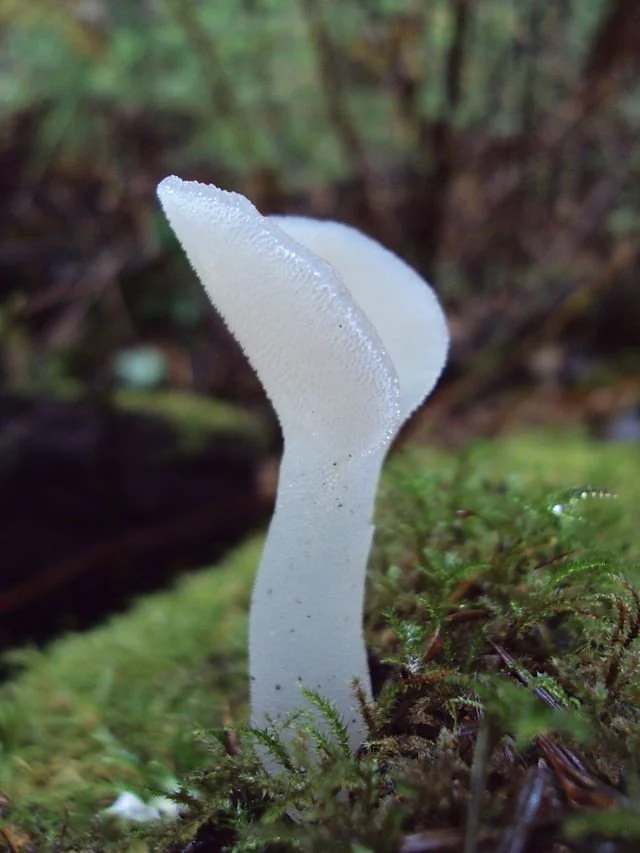Become a mushroom foraging master
By Thea Kapteyn ‘23
Image by Thea Kapteyn ‘23
As we move toward the drizzly heart of fall, mushroom foragers across the Pacific Northwest are commencing their fall mushrooming season. If you’re interested in snagging a few different mushrooms for yourself, you’ve come to the right place. Below you’ll find a guidebook tailored to Oregon, containing everything from what treasures to expect, to methods for consuming them safely.
I began my mushroom foraging career with my mother at age ten, after moving to Oregon when I was four. Coming from New York City, my mother and I were strangers to nature and immediately captivated with all the forest had to offer.
Mushroom anatomy diagram. Image courtesy of google.co.in
The chance to collect fungus goodies for our enjoyment and related recipes proved to be a fun and rewarding experience. If you’ve had an inkling to forage but don’t know where to start, or if you have only inspected what inhabits your backyard, this article is for you.
Most importantly, many mushrooms you may come across are extremely poisonous, and what at first glance may look like the mushroom of your dreams, may lead to your own demise. In light of that, here’s how to avoid death when hunting for mushrooms:
First and foremost, when foraging for mushrooms remember that before you consume, you must correctly identify which fungus you’re holding. Although most mushrooms require ingestion before producing any negative effects, this is not always the case. Be sure that you handle every mushroom that you’re questioning with caution.
Even though you may feel confident, be sure to check that you have identified it properly using a trusted guidebook such as David Arora’s “All That the Rain Promises and More,” or by contacting a foraging expert to review your collection. Keep in mind the mushrooming rule of thumb: if it has gills, you’re likely to be ill. Immediately after collecting the mushroom, cut it in half to check for possible areas of decay and unwanted wormy visitors.
When consuming mushrooms which you have correctly identified, always cook/dry them. On the other hand, to protect the mushroom and ensure that it will properly grow back next season, be conscious of how you pick the mushroom by knowing the difference between the fruit body, (cap-stalk of the mushroom) and the mycelium, (roots of the mushroom.)
When collecting your prize, rip or cut the stalk of the mushroom, if instead you unearth the mushroom, it damages the mycelium (a mushroom’s roots) which will likely cease its return the following year.
If you happen to ingest a toxic mushroom and begin feeling ill, contact the Poison Control Center: (800) 222-1222
Oregon has many mushroom types to offer, and as the October rain rolls in, these goodies are ripe and ready for the picking. Below is a carefully curated list of my favorite commonly found mushrooms. Seven of the following are known for their taste and functionality, and six of which are known for their appearances and unique attributes.
Functional types:
Chanterelle mushroom
Chanterelle mushroom. Image courtesy of Max Pixel.
Deadly look alike: Jack-O-Lantern mushroom
Morel mushroom
Morel Mushroom. Image courtesy of flickr.
Deadly look alike: Brain mushroom
Lobster mushroom
Lobster mushroom. Image courtesy of Wikimedia Commons.
Deadly look alike: N/A
Matsutake mushroom
Matsutake mushroom. Image courtesy of Wikimedia Commons.
Look alike: Booted Knight mushroom
Oyster mushroom
Oyster mushroom. Image courtesy of Hobby Farms.
Look alike: elm oyster mushroom
Chicken of the Woods
Chicken of the Woods mushroom. Image courtesy of National Park Service.
Deadly look alike: N/A
Bolete mushroom
Bolete mushroom. Image courtesy of flickr.
Look alike: Boletus rubro-flammeus
Fun types:
Witch’s butter (edible)
Witch’s Butter mushroom. Image courtesy of flickr.
Why: witch’s butter has an odd soothing and squishy texture uncommon to most mushrooms
Puffballs (edible)
Puffball mushroom. Image courtesy of Wikipedia.
Why: puffballs, when stepped on/poked release a cloud of smoke
Lion’s mane mushroom (edible + good for anxiety)
Lion’s mane mushroom. Image courtesy of Healing Mushrooms.
Why: Lion’s mane is one of the most gorgeous entities hidden in the forest
Coral mushroom (non-edible)
Coral mushroom. Image courtesy of sites.psu.edu.
Why: the Coral mushroom, much like the Lion’s mane, is known for its beauty which comes in many different coral colors
Amanita (extremely poisonous)
Amanita mushroom. Image courtesy of flickr.
Why: Aminata mushrooms are the quintessential mushroom, beautiful to look at and fun to find. Be careful not to accidentally ingest the Aminata because it is one of the most common mushrooms to cause fatal poisoning.
Jelly Tooth mushroom (edible)
Jelly Tooth mushroom. Image courtesy of Wikimedia Commons.
Why: The Jelly Tooth mushroom is fun to touch, with a cool and soft feeling.
Best trails/areas in Oregon for mushroom hunting:
The top general area to begin your foraging adventures are trails near the coast. Most forest spaces near the coast promise a large quantity and variety of edible mushrooms. Forest areas around Portland and the Willamette Valley are two other good options.
When foraging, primarily look towards the bottom of trees, underneath ferns, and underbrush. An important note when foraging: be careful that you don’t wander too far off the trail and lose your way. In addition, let at least one other person know where you’re off to and how long you expect to be there.
Oregon also hosts various mushrooming events where you can meet with experts and learn more about foraging, buy special goods such as mushroom dyed fabrics, and eat carefully crafted foods made with locally foraged mushrooms.
Upcoming mushroom events:
2022 OMS Fall Mushroom Show
When: Sunday, October 30th, 12-5pm
Where: Miller Hall, Portland, OR
Special events/description:
Link to tickets/about: https://www.wildmushrooms.org/calendar/2022-fall-mushroom-show/
Mount Pisgah Mushroom Festival
When: Sunday, October 30th
Where: Mount Pisgah Arboretum, Eugene, OR
Special events/description:
Link to tickets/about: https://mountpisgaharboretum.org/festivals-events/mushroom-festival/

